Free delivery from Fr. 300 of purchase or 18 bottles, otherwise Fr. 15
Germany
Wines from Germany
Wines with fresh charm and exemplary precision
German wines are synonymous with finesse, purity, and balance. From the Mosel to the Rheingau, via Rheinhessen and the Pfalz, vineyards stretch along the Rhine and its tributaries, creating spectacular landscapes of green valleys and steep hillsides.
Wine-growing Germany is a land of contrasts: from crystalline whites led by Riesling to delicate Pinot Noir, it offers remarkable diversity. Each bottle reflects the precision of the winemaker's (Weingut) work and the richness of a cool climate conducive to the slow ripening of the grapes.
Lovers of elegant, fruity, and balanced wines will find real treasures here, to be discovered as much for pleasure as for curiosity.
The major German wine regions
Germany has 13 main wine regions (Anbaugebiete), but some dominate in terms of their reputation and the quality of their wines.
Moselle (Mosel)
This is the most famous and picturesque region. The vineyards wind along the river, clinging to vertiginous slopes. The wines of the Mosel are renowned for their Riesling, which is light, mineral, and of great aromatic purity. Iconic estates such as Van Volxem and Egon Müller produce wines of incredible precision. The slate terroirs of the valley, around Bernkastel, Ürzig, and Wehlen, give the wines their unique character, which is floral, lemony, and taut.
Rheingau
The historic birthplace of Riesling, this region produces wines that are more full-bodied and structured than those of the Moselle. The slopes of the Rheingau stretch along the Rhine, around iconic towns such as Rüdesheim, Eltville, and Hattenheim. This is where the tradition of Spätlese (late harvest) was born, producing wines with rich aromas and exemplary freshness.
Rheinhessen
Germany's largest wine-growing region, located in the south-west of the country. Long overlooked, it is now experiencing a spectacular revival thanks to a new generation of winemakers. Local wineries now produce some of the most sought-after dry Rieslings (Trocken). There are also superb Pinots Blancs (Weissburgunder) and Pinots Gris (Grauburgunder) wines, which are elegant and floral.
Pfalz (Palatinate)
Bordering Alsace, the Pfalz enjoys a warmer, drier climate, ideal for red grape varieties such as Pinot Noir (Spätburgunder). Its Rieslings are full-bodied, fruity, and sometimes exotic.
Germany's flagship grape varieties
Riesling, king of white grape varieties
Riesling is the country's emblematic grape variety. It expresses itself differently depending on the region:
-
In Mosel, it produces light, crystalline wines.
-
In Rheingau, it is more full-bodied and structured.
-
In Pfalz, it offers a more sunny texture.
Whether dry (Trocken), semi-dry (Halbtrocken) or sweet (Auslese, Beerenauslese), German Riesling remains a model of freshness and longevity.
Pinot (Burgunder)
Germany cultivates several varieties of Pinots:
-
Pinot Noir (Spätburgunder): elegant, fruity, with silky tannins.
-
Pinot Blanc (Weissburgunder): delicate and floral, perfect as an aperitif.
-
Pinot Gris (Grauburgunder): rounder and more expressive.
These grape varieties have found the perfect balance between maturity and acidity in the temperate climate of the Rhine.
Other notable grape varieties
-
Silvaner, especially in Franconia, for whites full of freshness.
-
Gewürztraminer, with an intense and spicy aroma.
-
Scheurebe and Kerner, modern and seductive aromatic varieties.
The characteristics of German wines
German wines are distinguished by:
-
Their freshness and fine acidity, the signature of the northern climate.
-
A rich aromatic palette: citrus fruits, apple, white peach, flowers, minerals.
-
Their ability to age, especially for Rieslings from the Mosel.
Red wines, dominated by Pinot Noir, display beautiful tension, floral elegance, and a delicate structure, far from overly woody profiles.
Thanks to the expertise of German winemakers, viticulture has been modernized, favoring sustainable practices and the enhancement of terroirs.
Tasting tips
To fully appreciate a German wine:
-
Serve white Rieslings between 8 and 10°C in a thin, slender glass.
-
Pinot Noir wines are best served slightly chilled, at around 14 to 16°C.
-
Feel free to pair Riesling Trocken wines with fish, seafood, or Asian dishes.
-
Sweet wines (Auslese, Beerenauslese) pair perfectly with foie gras, fruit desserts, or blue cheeses.
Their freshness and aromatic precision make them ideal companions at the table.
Germany's iconic estates
-
Weingut Egon Müller (Mosel): its Rieslings are among the most sought-after in the world.
-
Van Volxem (Mosel): a master of rieslings in the Saar sub-region.
-
Schloss Johannisberg (Rheingau): a historic mecca for Riesling.
-
Dr. Bürklin-Wolf (Pfalz): a pioneer in biodynamic wines.
-
Weingut Wittmann, Kühling-Gillot, Fritz Haag: symbols of modern German winemaking.
These producers embody the rigor and passion that have driven German viticulture for centuries.
Explore European wines
If you like fresh, expressive wines, you may also be tempted by the wines of France, the intense reds of Portugal, or the elegant vintages of Italy. For more mineral and alpine styles, discover the wines of Switzerland.
And for an immersion in Iberian diversity, explore the selection of wines from Spain.
Finally, the Other Countries section will take you on a journey through vineyards around the world.
12 items
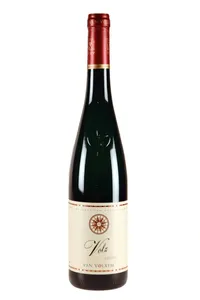
Riesling Volz, Van Volxem - 2022
Mosel-Saar-Ruwer
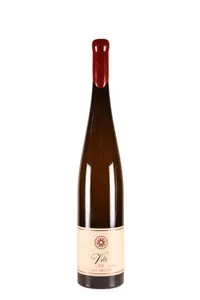
Riesling Volz, Van Volxem (magnum) - 2022
Mosel-Saar-Ruwer
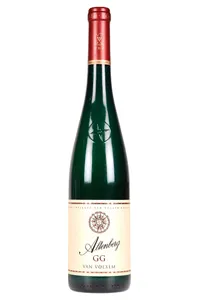
Riesling Altenberg, Van Volxem - 2022
Mosel-Saar-Ruwer
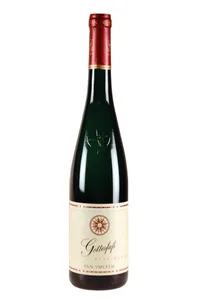
Riesling Wiltingen Gottesfuss Alte R., Van Volxem - 2022
Mosel-Saar-Ruwer
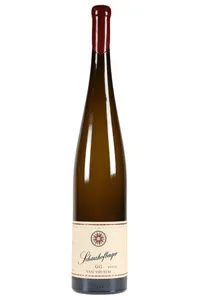
Riesling Scharzhofberger, Van Volxem (magnum) - 2022
Mosel-Saar-Ruwer
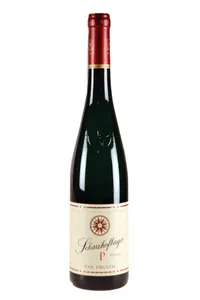
Riesling Scharzhofberger Pergentsknopp, Van Volxem - 2022
Mosel-Saar-Ruwer

Riesling Felsenturmchen Felsenberg GG, Dönnhoff - 2021
Nahe

Riesling Hollenpfad Im Muhlenberg GG, Dönnhoff - 2021
Nahe
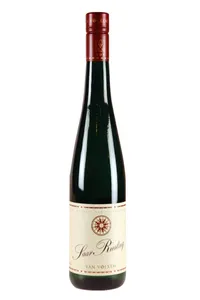
Riesling Saar, Van Volxem - 2023
Mosel-Saar-Ruwer
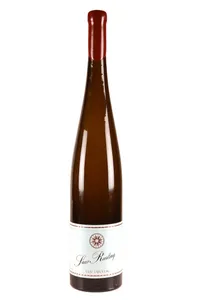
Riesling Saar, Van Volxem (magnum) - 2023
Mosel-Saar-Ruwer
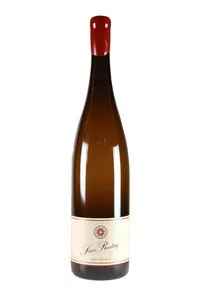
Riesling Saar, Van Volxem (double-magnum) - 2023
Mosel-Saar-Ruwer

Riesling Wiltingen Gottesfuss Alte R., Van Volxem - 2023
Mosel-Saar-Ruwer
